Sewage Networks
Corrosion and odour are the two major problems facing operators. With its combination of corrosion solving and odour solving technologies, Armatec assists with both. Fibreglass pump stations, valve chambers, manholes, piping, liners, and coatings eliminate corrosion and provide indefinite life to these assets. Sewage network odour problems are tackled with a range of equipment from passive carbon bed adsorbers, through to large biological scrubbers. Armatec’s chemical engineers can make the recommendations for the best solution to each situation.
Hydrogen sulphide odours from pump stations are a common problem. As a pump station fills with wastewater, air is displaced and along with it hydrogen sulphide and other noxious odours. A common hydrogen sulphide concentration in air discharged from a pump station is only 1ppm to 2ppm, but this is a major problem as the odour threshold for hydrogen sulphide is just 0.005ppm.
For large pump stations, usual practice is to extract the odorous air from the pump station with a fan, and then treat the air with either a biological scrubber, a purpose designed carbon adsorption bed, or a soil bed filter. However for smaller pump stations requiring only small air extraction rates, a far simpler solution is an Armatec Green Dome filter.
Featured Projects
The two sludge tanks at Carey’s Gully store sewage sludge pumped from the Moa Point wastewater treatment plant located about 10 kilometers away. Due to the age of the sludge, considerable quantities of corrosive hydrogen sulphide gas are released within the tanks. H2S concentrations over 50 ppm have been recorded, and resulted in severe corrosion to the concrete walls and concrete roof of these two tanks.
A lightweight fibreglass Armatec manhole replaced a badly corroded and leaking 100 year old concrete manhole in Devonport, Auckland.

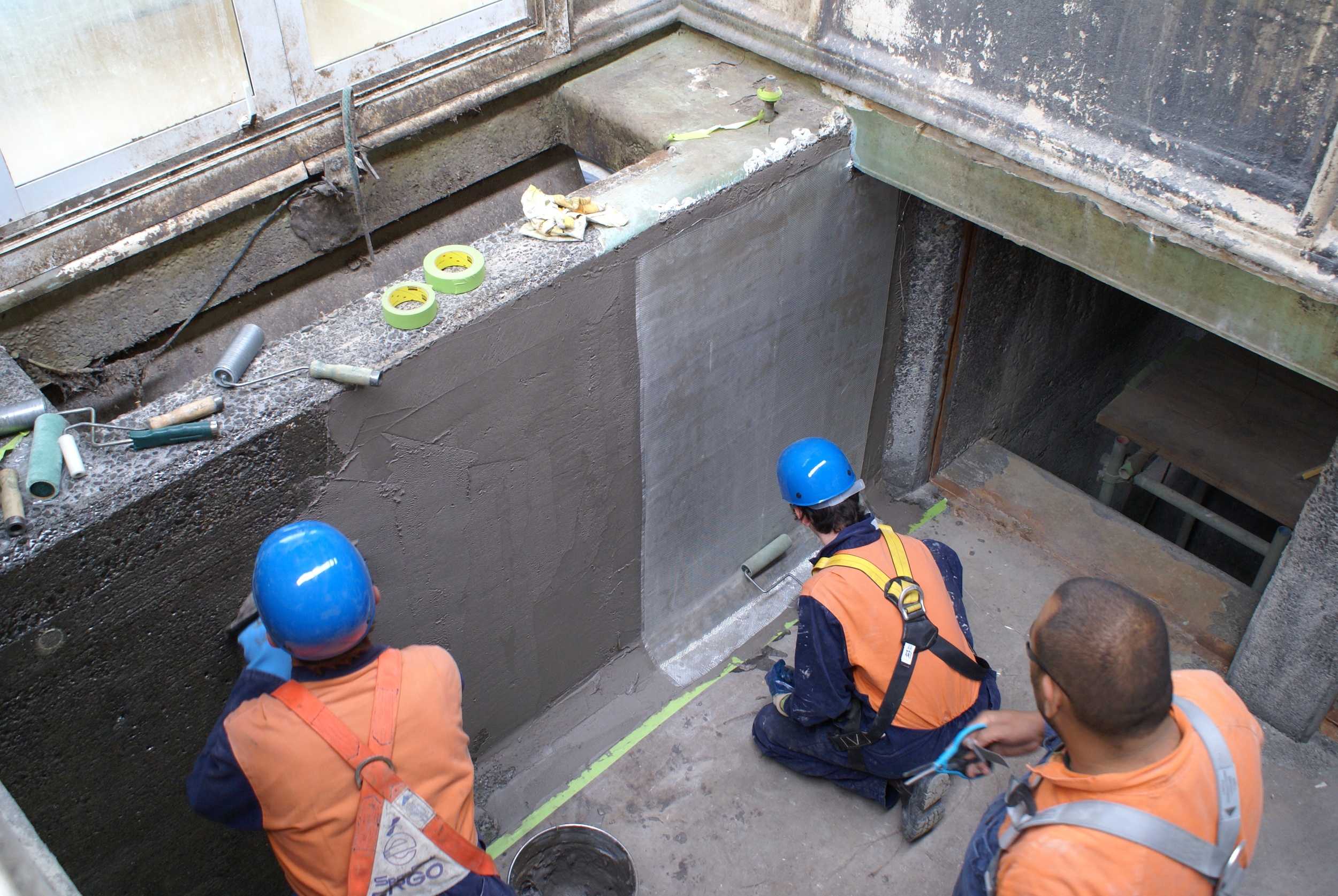
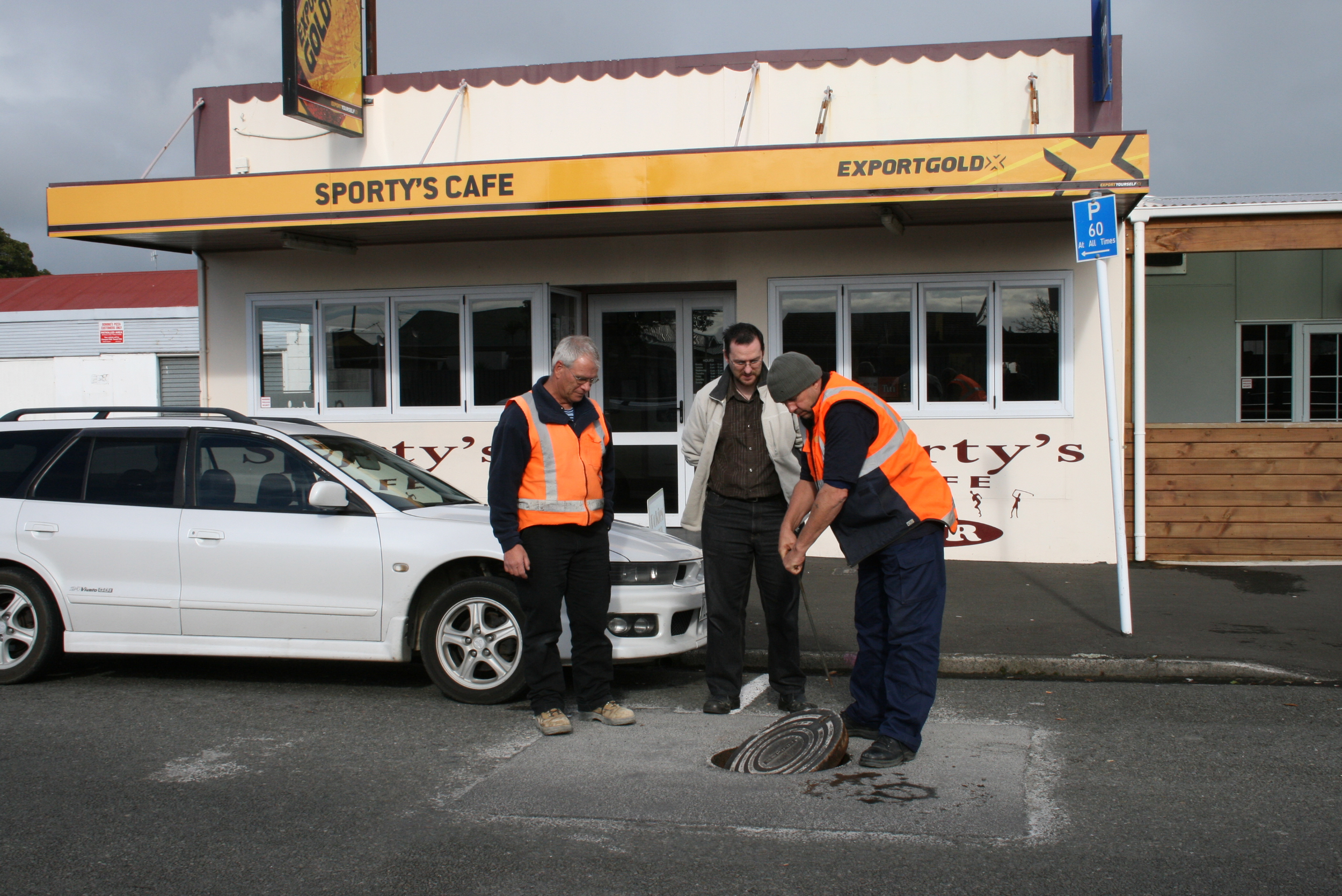
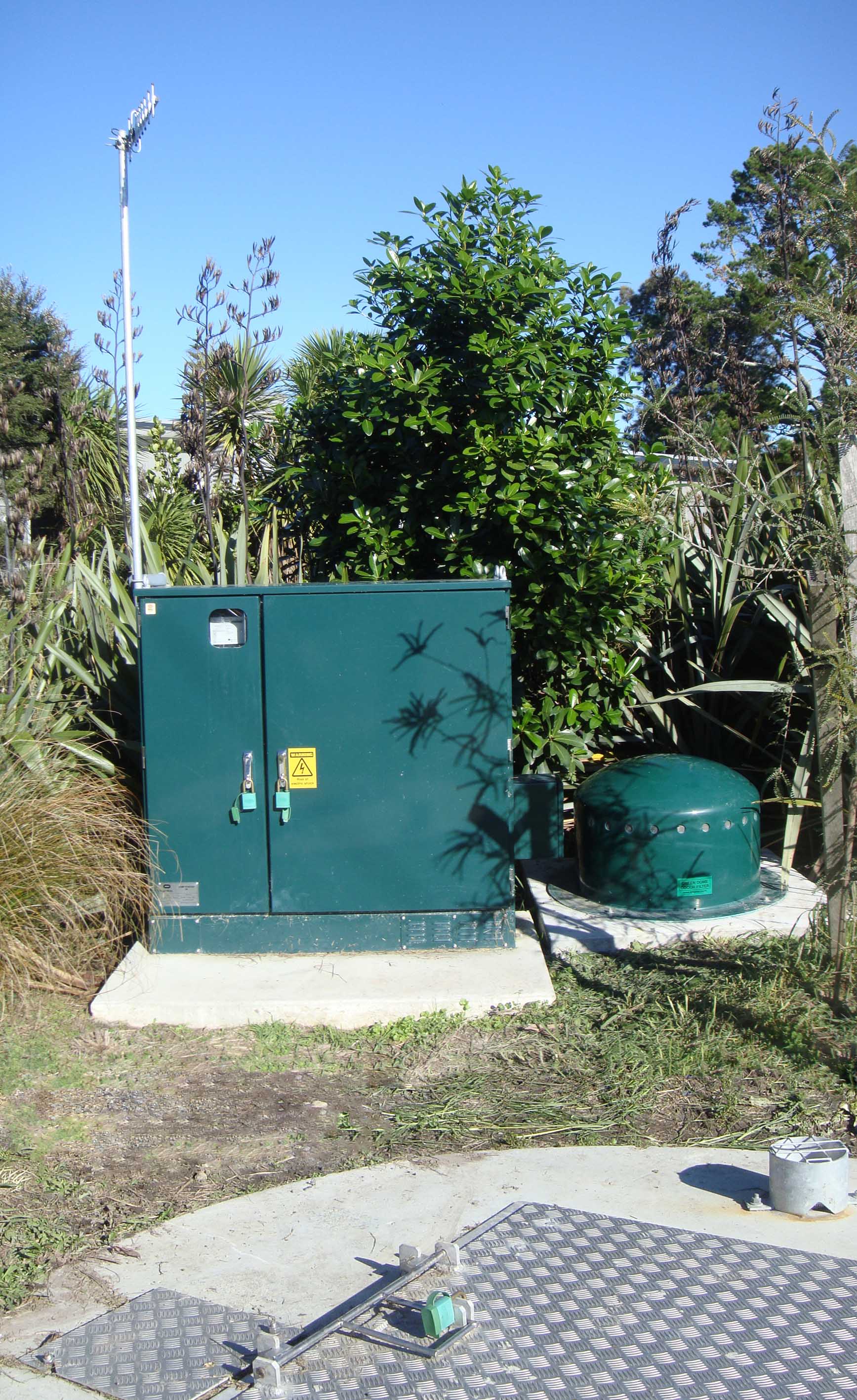
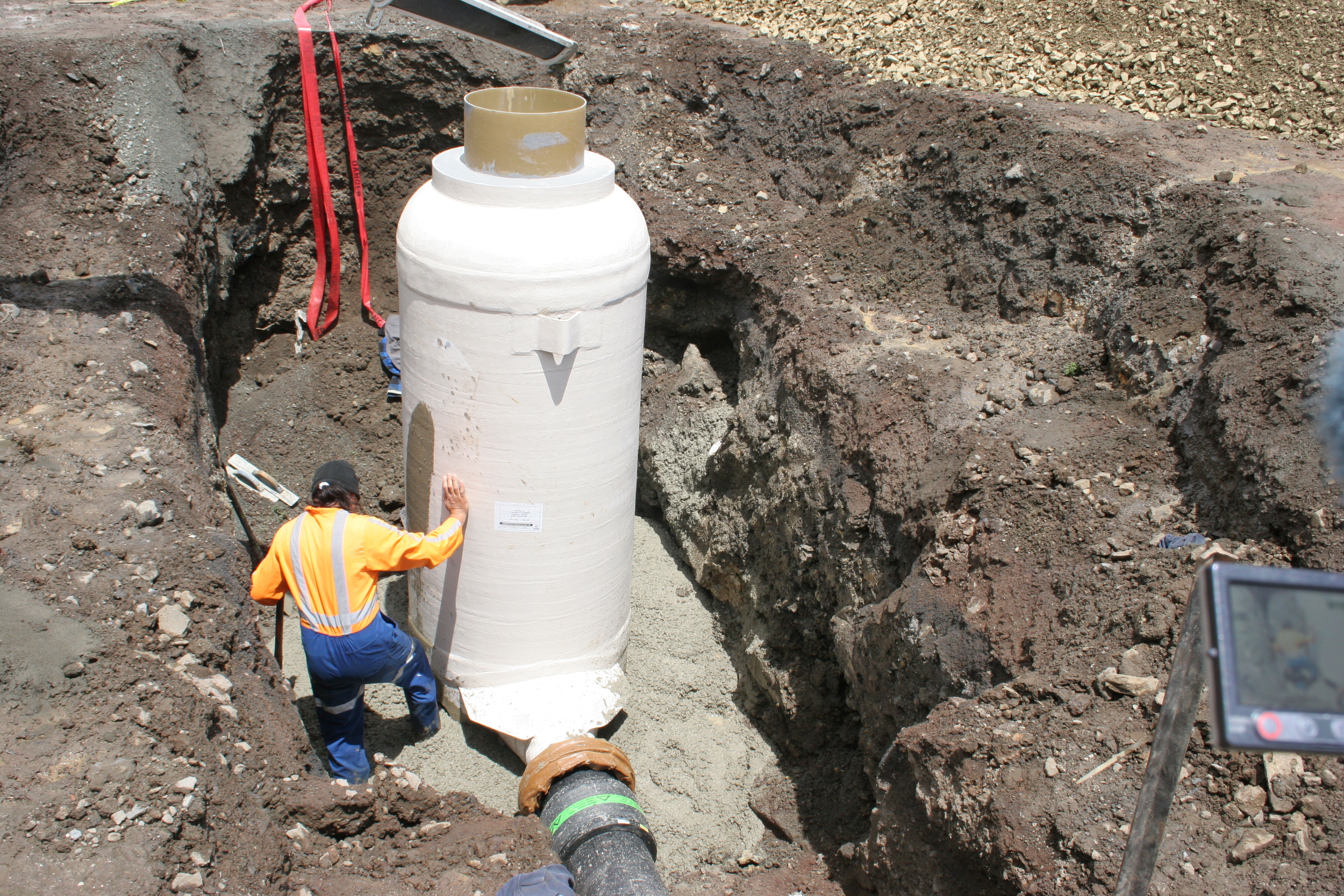

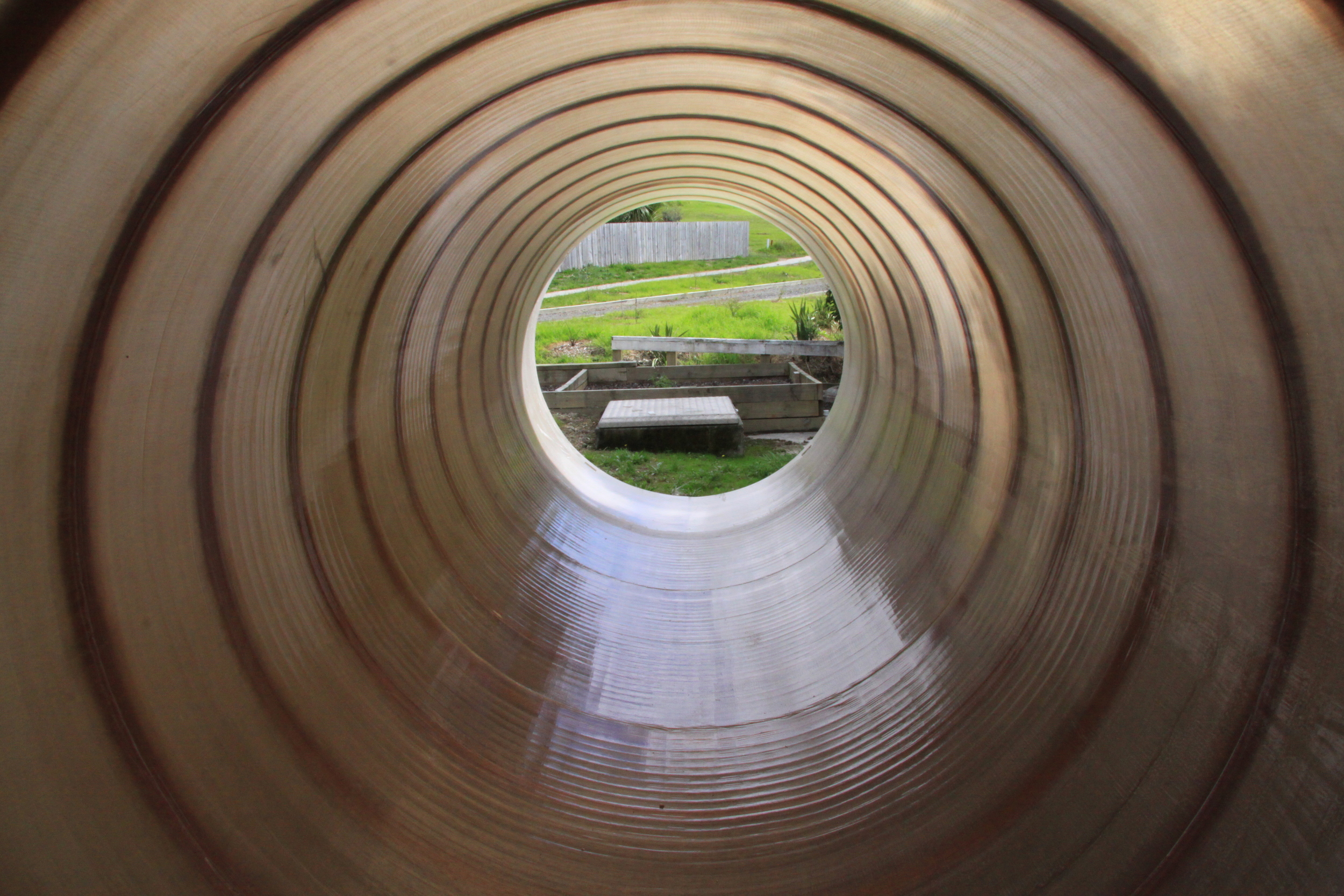
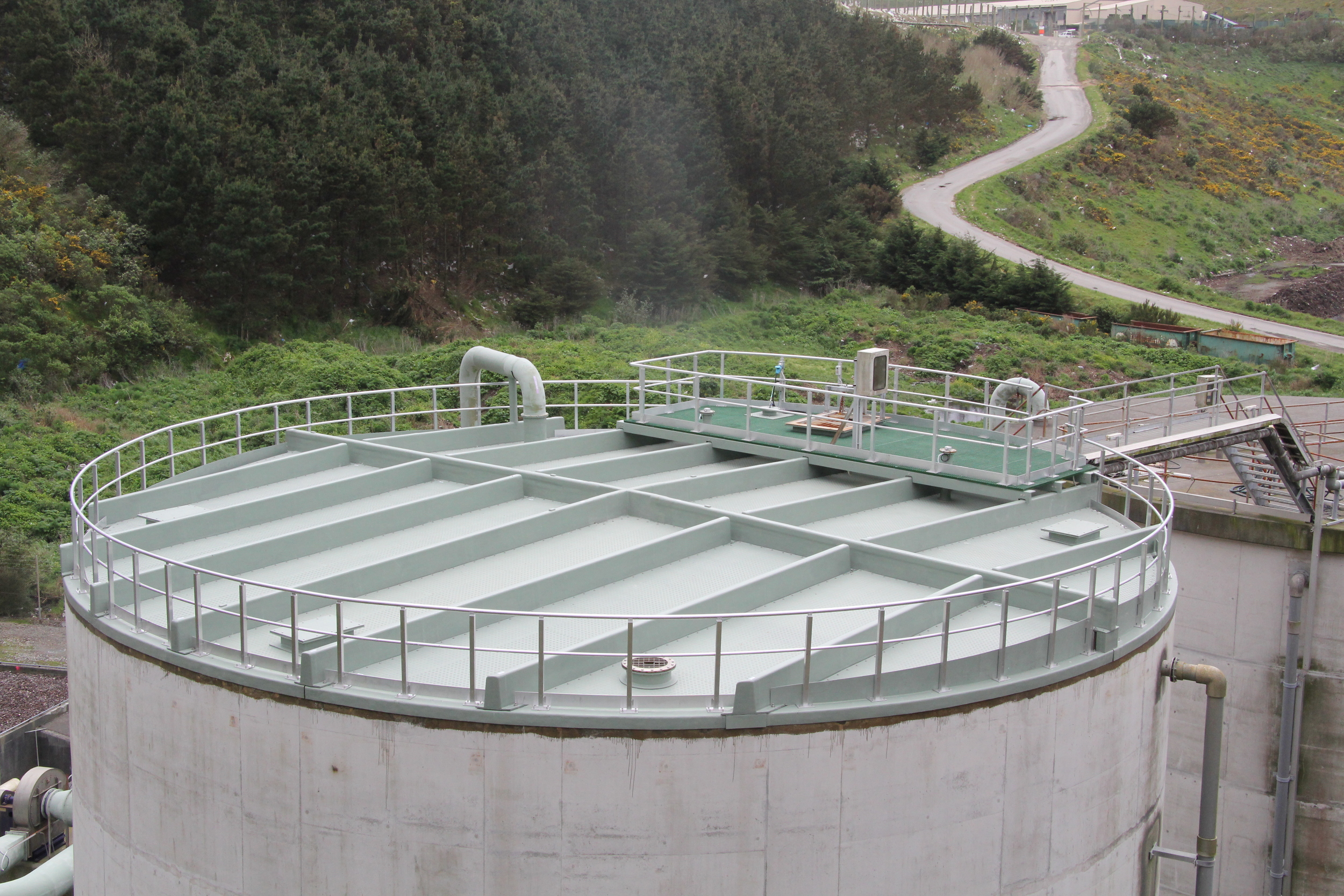

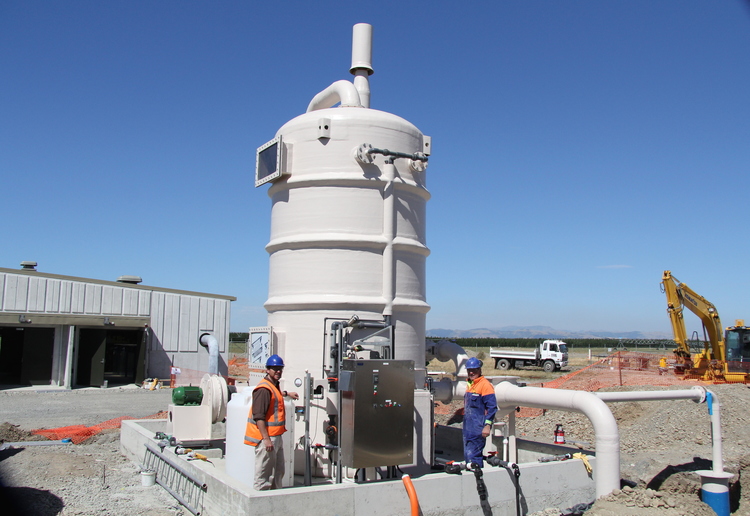
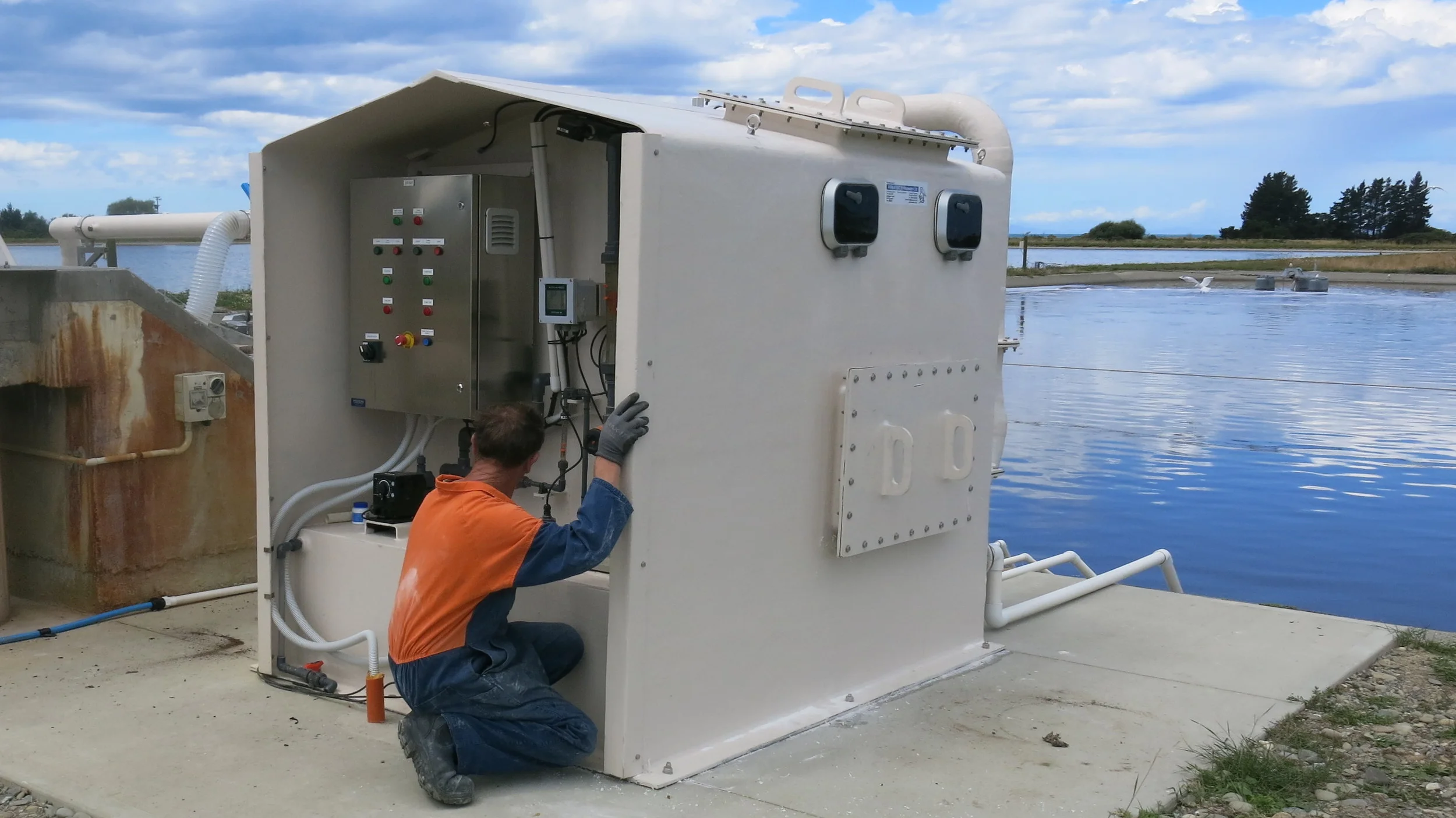







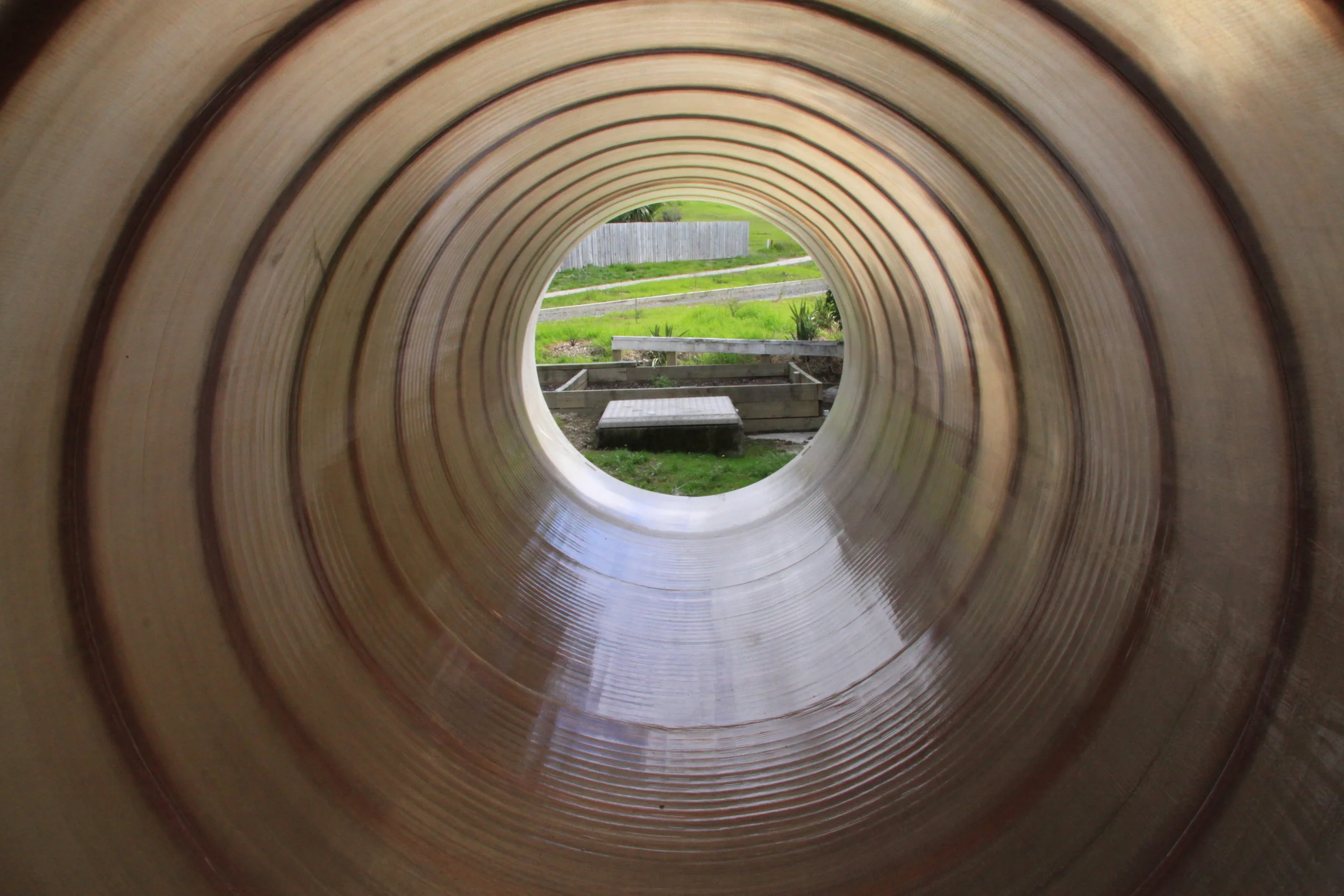
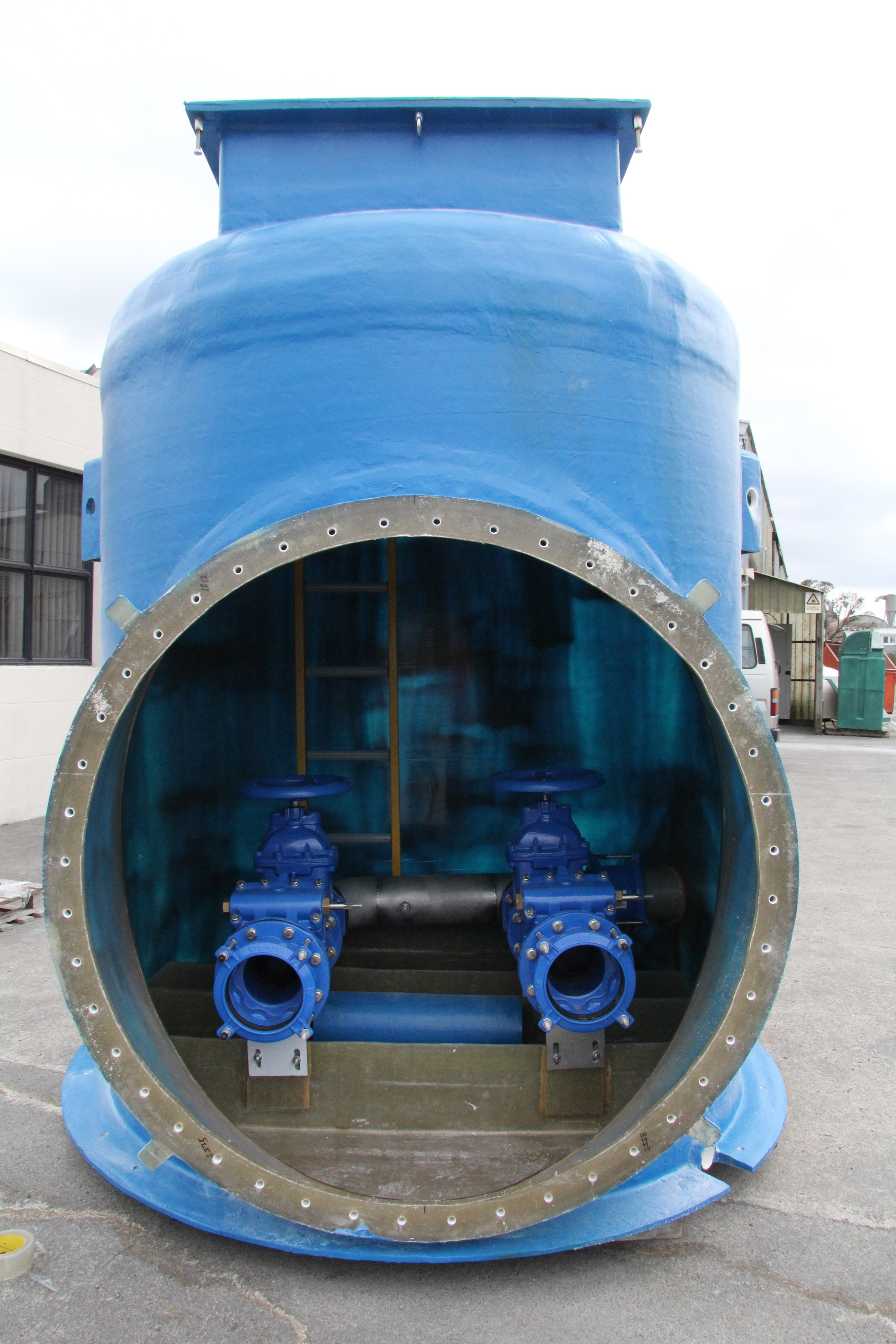


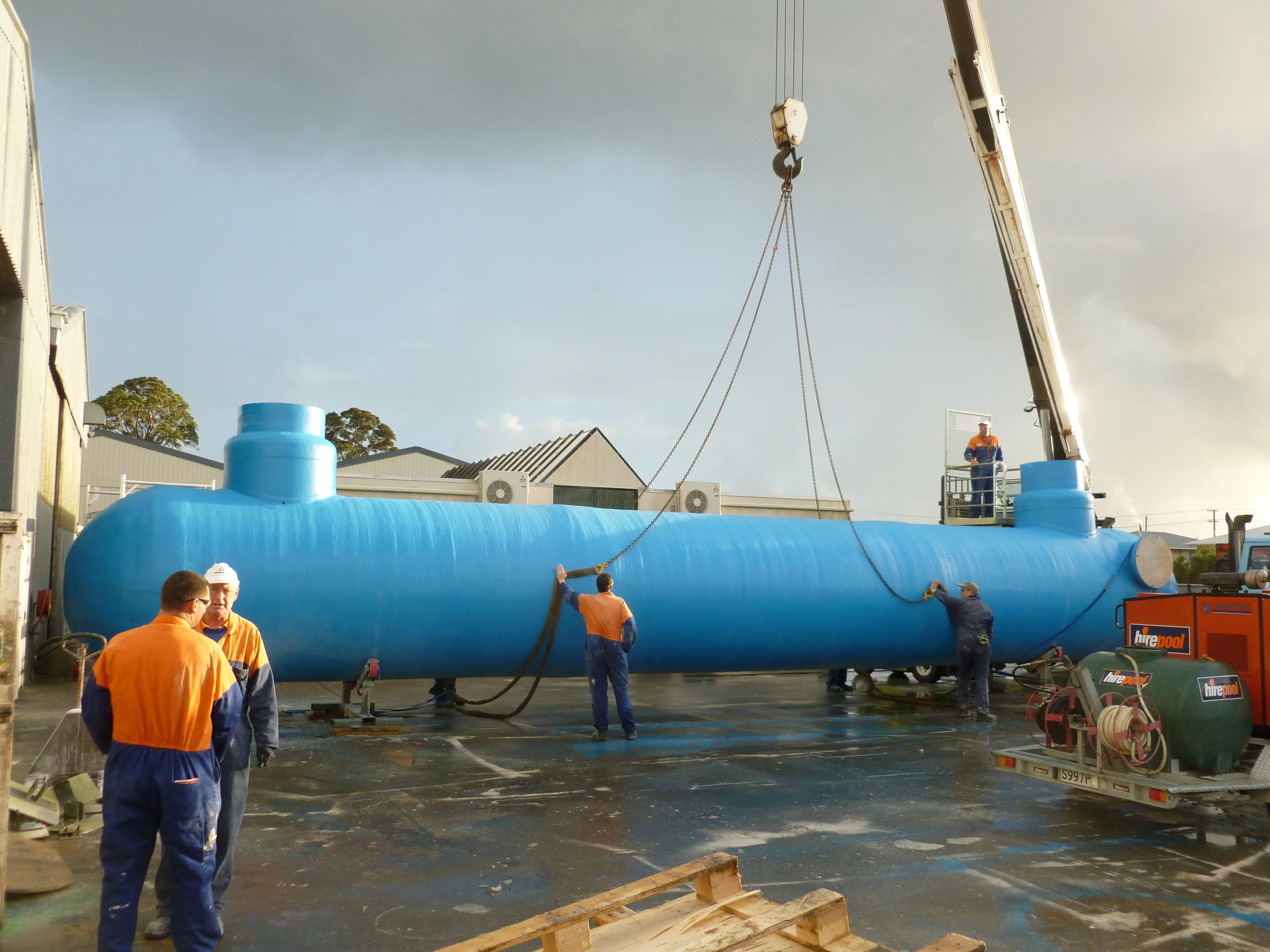

This Green Dome is saving an Australian client $70,000 per year.